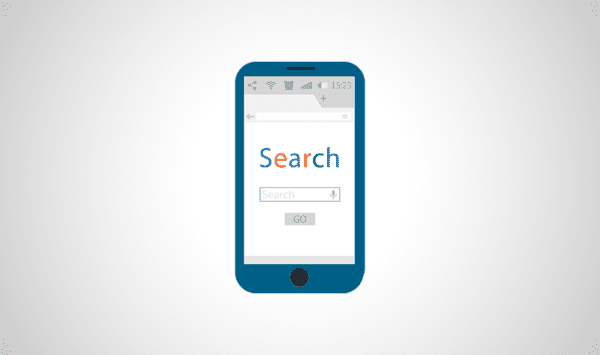
The issue of trust in news has been tackled from a multitude of angles. Previous research revealed how newsrooms can build trust by making changes to story content or news site elements. Now a new study shows us that trust can also be built or broken before consumers even click into a news site.
Research released by the Center for Media Engagement shows that people could get a sense for how much they trust a news organization by viewing certain information in a Knowledge Panel – the sidebar shown alongside a Google search. The findings of the study identify several elements that should be shown when people search for a news organization.
Study Set-up
Participants in the study were shown Knowledge Panels with random combinations of signals – information about a news outlet that was designed to convey more or less trust. Experiments were conducted in the U.S., Germany, and Brazil to see how the trust signals worked in different cultures with varying levels of news trust.
There were seven signal categories tested in each country:
- Description of the news outlet (e.g., “This news outlet has a worldwide reputation and readership and has long been regarded as the standard-bearer of news” or “This news outlet regularly publishes fake news that has been linked to harassment and conspiracy theories”)
- Newsroom founding date (e.g., an older date was intended to convey an established trustworthy publication while a recent date was intended to show less trustworthiness)
- Newsroom corrections policy (e.g., “This news outlet has a policy for making corrections when errors occur. The International News Corrections Board has reviewed and approved this policy” or “This news outlet has not provided a corrections policy”)
- Information about other sites people accessed (e.g., “The Associated Press, an American not-for-profit news agency headquartered in New York City” or “Natural News, which has been known to publish fake news”)
- Award information (e.g., award appropriate for each country was mentioned or “No awards recorded”)
- External evaluations (e.g., “This news outlet has been verified by the Trust the News Initiative” or “This news outlet has not been verified by the Trust the News Initiative”)
- Journalist directory that shows the names and photographs of journalists (or “This news outlet has not provided information about its journalists”)
Example of a Knowledge Panel Shown to U.S. Participants
This example shows all the signals intended to convey trustworthiness. People saw different combinations of signals, some trustworthy, not trustworthy, neutral or absent.
Signal Importance
The most important trust signal to people in all three countries was the description of the news outlet. Descriptions that noted the news outlet had a “worldwide reputation” increased trust. Unsurprisingly, descriptions that noted the outlet “regularly publishes fake news that has been linked to harassment and conspiracy theories” decreased trust.
Another important factor in assessing trust was viewing which additional news outlets visitors accessed. People had higher trust in news outlets when visitors also accessed reputable news sites and lower trust when visitors also accessed sites that trafficked in conspiracy theories.
Having a corrections policy verified by an independent entity was more important to people in the U.S. and Brazil in signifying trust, but did signal more distrust in Germany when it was absent. In the U.S., failing to provide information about a newsroom’s founding date, awards, and journalists decreased trust.
Takeaways
The results of this study show that the following signals can act as powerful indicators of trust and should appear when people search for a news outlet:
- A description of the news outlet that clearly articulates reputation
- Information about additional news outlets site visitors have accessed
- Identification of a corrections policy
- Information about awards, founding date, and journalists
For newsrooms, it’s important to make sure elements like awards information, founding date, and journalist bios are available on the news website.
Read more about this study on our website.

